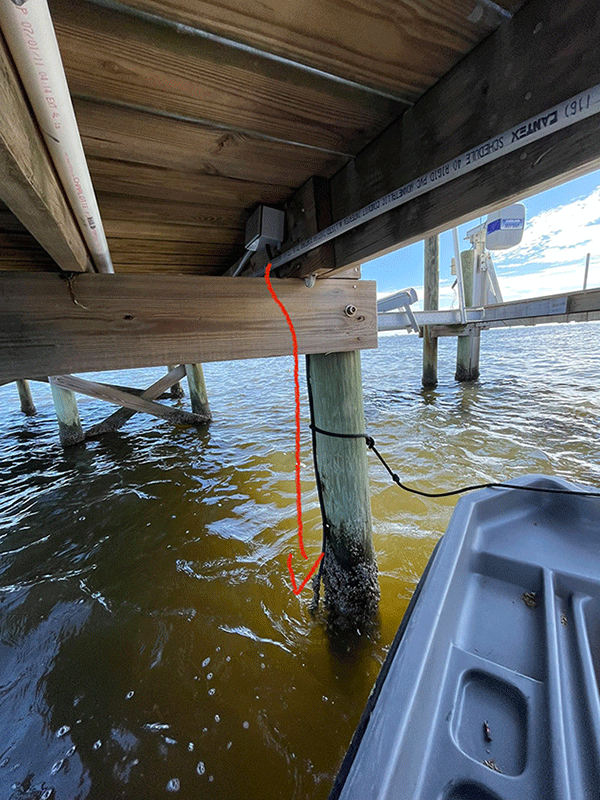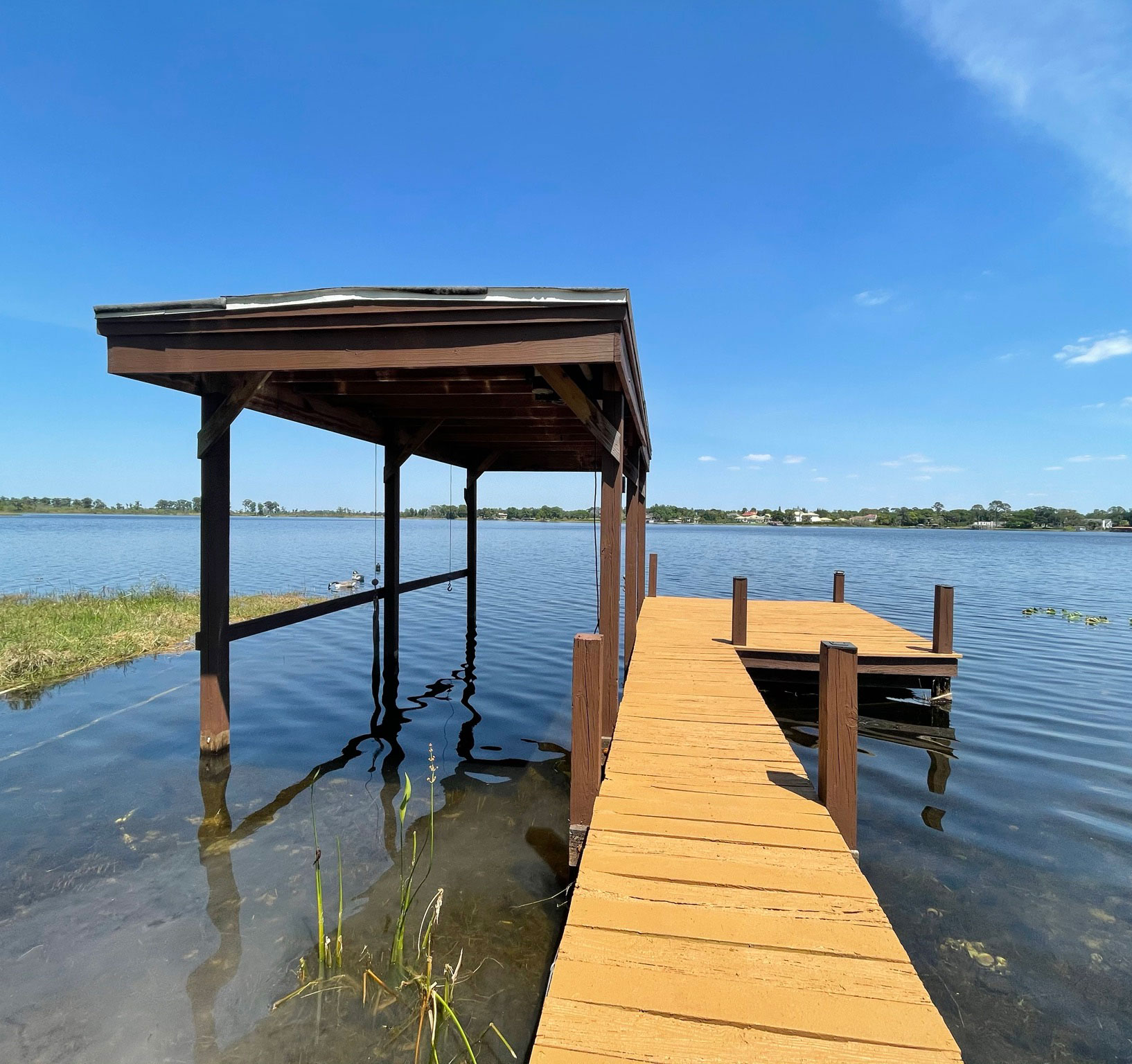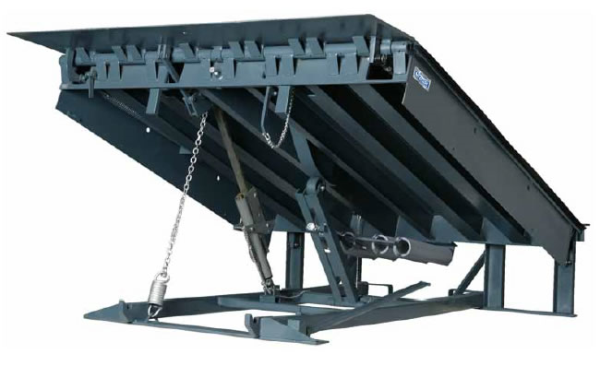Efficient Dock Fixing Techniques: Making Sure Structural Honesty
Making sure the structural honesty of docks via efficient repair work techniques is critical for the longevity and security of aquatic centers. This includes a multi-faceted strategy beginning with extensive evaluations using innovative technologies like finder devices and from another location operated cars (ROVs) to spot both noticeable and concealed damages. Consequently, choosing the right repair service materials, such as corrosion-resistant alloys and composite products, is essential for durability. Structural support methods, consisting of the execution of cross-bracing systems and load-distribution plates, play a crucial role in mitigating stress factors. The significance of these strategies comes to be obvious when exploring advanced repair methods and preventative upkeep approaches.
Analyzing Dock Damages
Assessing dock damages is a critical initial step in guaranteeing the architectural honesty and security of any docking center. This preliminary evaluation involves a detailed inspection to identify both concealed and noticeable damages. Secret elements to examine include the dock's foundation, pilings, decking, and equipment. Each element must be inspected for signs of wear, rot, corrosion, or other forms of deterioration that can endanger the architectural integrity.
Architectural designers or qualified inspectors typically execute these analyses utilizing specialized devices and methods. For example, underwater evaluations could use finder devices or from another location ran lorries (ROVs) to identify submerged damages. Above water, aesthetic evaluations are complemented by utilizing moisture meters and various other diagnostic devices to reveal underlying concerns not right away visible to the nude eye.

Picking Repair Work Products
Picking the ideal repair products is a pivotal action in the dock restoration procedure, one that directly influences the long life and performance of the fixed structure. Product option need to be driven by factors such as environmental problems, load-bearing requirements, and compatibility with existing dock elements. For example, wood is a standard option for anchors as a result of its all-natural durability and visual allure. However, selecting the ideal kind of timber, such as pressure-treated lumber or naturally rot-resistant species like cedar or teak, is important to withstand aquatic settings.
In addition to wood, composite materials are progressively popular because of their sturdiness and low upkeep demands. Composites, commonly made from a mix of plastic and timber fibers, offer excellent resistance to rot, bugs, and UV damage. For steel anchors, picking corrosion-resistant alloys such as galvanized steel or marine-grade light weight aluminum is necessary to avoid rust and make sure structural integrity in saline water problems.
Epoxy materials and marine-grade sealants are vital for fixing splits and sealing joints, supplying a waterproof obstacle and enhancing the dock's total toughness. By meticulously choosing top notch materials, dock fixings can accomplish long-lasting outcomes, therefore safeguarding against future degradation and making certain secure, trusted use.
Structural Reinforcement Strategies
Efficient architectural support strategies are critical in guaranteeing the stability and longevity of dock repair work. One basic approach entails making use of steel or composite support bars (rebar) within concrete frameworks. Rebar offers additional tensile stamina, avoiding cracks and distributing tons more equally. This approach is specifically effective for docks subjected to hefty tons or harsh ecological problems.
An additional essential strategy is the application of fiber-reinforced polymers (FRP) These materials supply high strength-to-weight ratios and excellent resistance to rust, making them suitable for strengthening wooden or concrete anchors. FRP can be applied in sheets or strips and bound with epoxy materials to enhance structural integrity.
Bracing and anchoring systems likewise play an essential function in structural support. Cross-bracing, using metal or wooden light beams, can neutralize side forces, minimizing swaying and motion. Securing systems, such as helical piers or driven heaps, provide a secure structure by moving tons to deeper, a lot more secure dirt layers.
Lastly, the combination of load-distribution plates can help distribute weight much more uniformly throughout the dock's surface, minimizing localized stress factors. These strategies jointly make sure that docks continue to be safe and durable, capable of withstanding the rigors of their functional atmosphere.
Advanced Fixing Techniques

Another innovative strategy entails underwater welding, which enables repair services to be conducted without the requirement to dewater the location. This method is particularly helpful for resolving structural concerns in immersed dock elements, making certain very little disturbance to procedures. Improved welding strategies, combined with robotic systems, provide accuracy and reliability, thereby extending the lifespan of the dock.
Additionally, cathodic security systems are executed to avoid rust in metal dock structures. By using sacrificial anodes or amazed current systems, these techniques effectively reduce the electrochemical procedures that result in material wear and tear.
Last but not least, advanced monitoring innovations, such as structural health and wellness tracking (SHM) systems, give real-time data on the condition of dock structures. These systems allow proactive maintenance and prompt treatments, eventually ensuring the long-lasting architectural honesty of the dock.
Upkeep and Prevention
Upkeep and avoidance are fundamental ideas that underpin the long life and safety of dock structures. Routine inspections are vital, permitting very early detection of damage, potential weaknesses, and environmental effects. A positive approach, involving regular look for deterioration, rot, and architectural shifts, minimizes costly fixings and lengthens the dock's operational life.
Safety nets need to consist of applying protective coatings to metal parts to defend against corrosion and making use of cured timber to resist degeneration. In addition, making sure correct water drainage and air flow can prevent water build-up, which is a common reason for structural destruction. Incorporating high quality products and sticking to producer guidelines during building and repair service stages additionally play critical functions in improving durability.

Educating employees in dock maintenance best practices guarantees consistent application of safety nets. Leveraging technological advances, such as drones for evaluations and sensors for real-time surveillance, can even more boost upkeep efforts. By focusing on upkeep and avoidance, this content dock proprietors can make sure structural integrity, functional safety, and economical management over the dock's lifespan.
Final Thought
In final thought, preserving the architectural stability of aquatic centers requires detailed dock repair service techniques. Advanced fixing methods, paired with normal maintenance practices, guarantee the dock remains operational and risk-free under diverse ecological conditions.
Guaranteeing the structural stability why not try these out of anchors through efficient repair service strategies is extremely important for the longevity and safety and security of aquatic facilities.Selecting the appropriate repair materials is an essential step in the dock restoration procedure, one that directly affects the long life and efficiency of the repaired structure.Efficient structural reinforcement strategies are critical in ensuring the security and longevity of dock fixings. By focusing on upkeep and avoidance, dock owners can make sure architectural honesty, operational safety, and affordable monitoring over the dock's lifespan.
In verdict, preserving the architectural stability of marine facilities necessitates extensive dock repair work strategies.